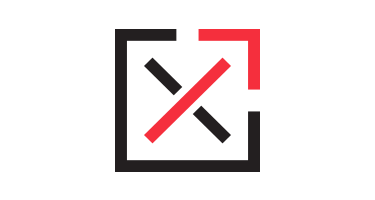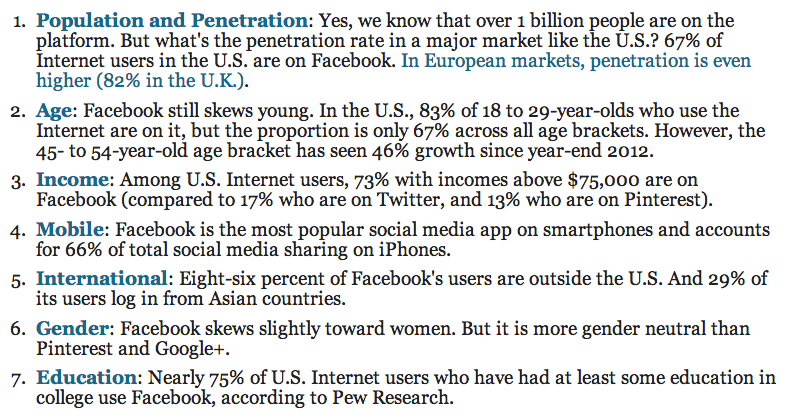Brian Boland, of the Ads Product Marketing team at Facebook, recently posted a detailed article on the Facebook For Business blog explaining why Facebook’s organic reach is decreasing. Boland says in his original post, “My colleagues and I at Facebook understand that this has been a pain point for many businesses, and we’re committed to helping you understand what’s driving this change so your business can succeed on Facebook.”
For those of you at home, “Organic reach” refers to the number of people/ fans exposed to your Facebook content for free. This free exposure and Facebook’s ability to facilitate sharing content with your target market is what helped launch Facebook as a viable tool for corporations and small business alike.
Why is my organic reach decreasing?
Boland outlines two main reasons as to why there has been a decline in organic reach.
The first reason that Boland outlines relates to how the News Feed – the place where users view content from friends, family members, and fan pages – is generated for each user. Unlike Twitter, Facebook picks and chooses what they think is most relevant to each user and doesn’t generate a live feed of content. Boland goes on to say:
News Feed is designed to show each person on Facebook the content that’s most relevant to them. Of the 1,500+ stories a person might see whenever they log onto Facebook, News Feed displays approximately 300. To choose which stories to show, News Feed ranks each possible story (from more to less important) by looking at thousands of factors relative to each person.
Boland, and Facebook in general, think that by making these changes, News Feed is “becoming more engaging” and the content is becoming more relevant.
The second reason that Boland outlines is just an extension of his first reason. While Facebook becomes ever increasingly populated with personal profiles, fan pages, and company pages the competition for a single line in a news feed has increased dramatically. Boland explains that depending on how much a person uses Facebook, they could see anywhere from 1500 to as many as 15,000 potential stories in their News Feed.
In the end, Facebook is becoming extremely populated and there just isn’t room for every update to be seen in every News Feed of every profile. Facebook wants people to log on and spend as much time as possible interacting with others via cues from the News Feed. Having a News Feed filled with comments from people we hardly know, bands we liked 10 years ago, or a constant – and unnatural – barrage of discount codes is not going to be conducive to long term usage, and Facebook knows that.
Don’t lose your hat just yet!
You may be thinking, “If there’s already no more room on the bus, why would I want to join the bandwagon?” Facebook knows that too. You might like to know that Facebook has an entire library full of case studies proving that Facebook is a legitimate and effective tool for advertising your brand. And with 67% of Internet users in the U.S. on Facebook and the 18-29 year old demographic seeing an 83% user rate, there is a seat for everyone on this bus. (Business Insider)



